Sonos Beam vs Sonos Arc vs Sonos Ray: which premium soundbar is the better choice?
We compare the growing range of soundbars from Sonos
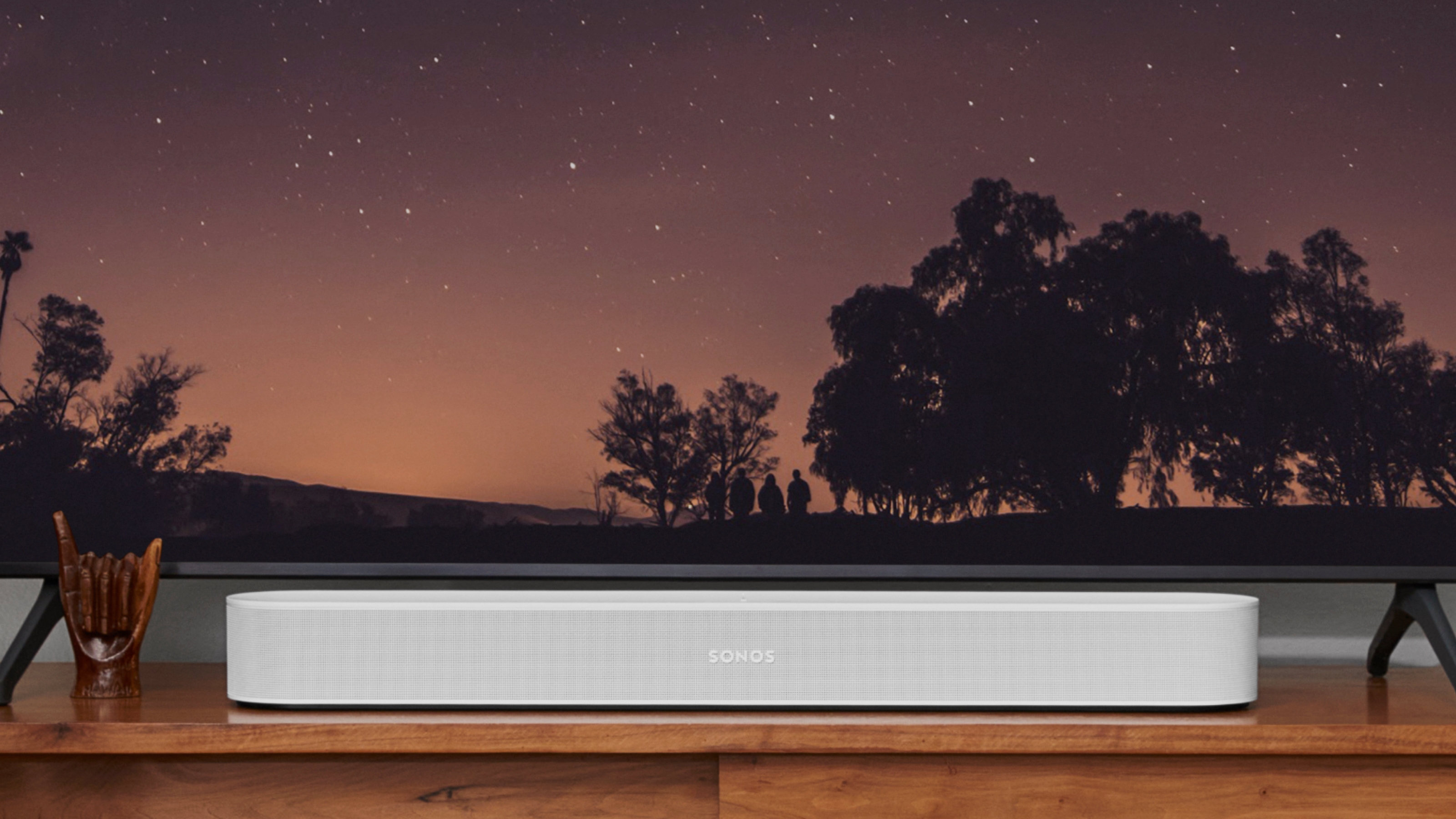
The world of soundbars is an increasingly crowded one, and it can be difficult to decide which would work best in the home. Some promise a compact design that fits better into small spaces, while others charge a premium for upgraded sound and connectivity.
One of the leaders in this space is Sonos, which offers a range of products that regularly feature in our best soundbars roundup, among others. Having recently released a budget model to go with their original soundbar and the smaller Sonos Beam (2nd Gen), we wanted to dig into how the models differ from one another.
Read on to see which Sonos soundbar we most recommend and if you're interested in reading more about the brand's offerings, take a look at our ultimate guide to Sonos.
Sonos Beam vs Arc vs Ray: pricing
The Sonos Arc is the oldest option in the Sonos range and also the most expensive. The soundbar costs around $900, while the Sonos Beam (Gen 2) is priced at $450. The Ray, meanwhile, costs $280 at the time of writing. The price difference between models is related to specs and features and means there's an appropriate choice for people on different budgets.
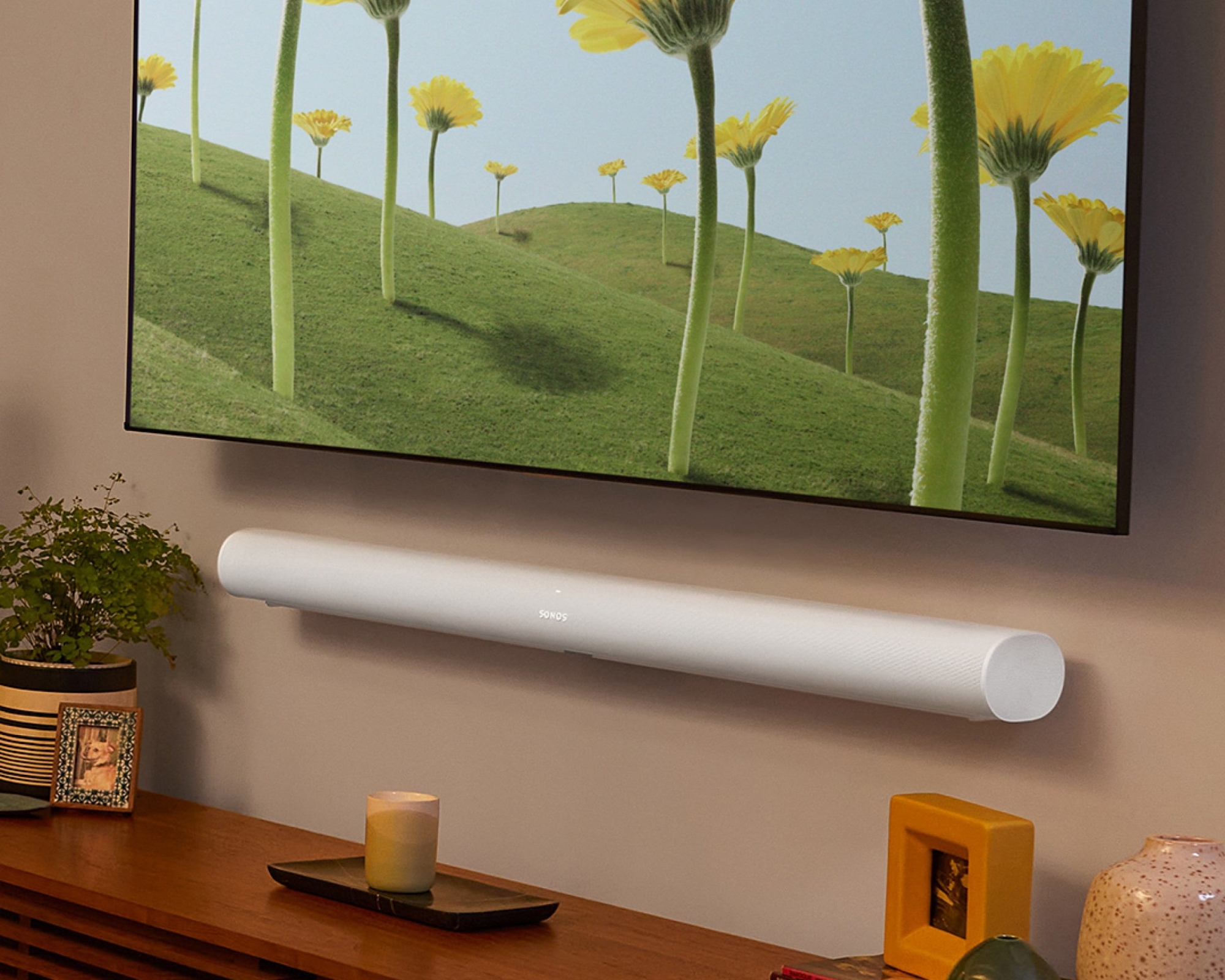
Sonos Beam vs Arc vs Ray: design
The Sonos Arc is much larger than its two sister soundbars, measuring 45-inches across. This is very long compared to the 25.6-inches of the Beam and 22-inches of the Ray. For us, longer soundbars can sometimes look neater in a space when TVs are also becoming wider and wider. At 3.4-inches high, the Arc looks good either on a TV stand or mounted to the wall.
For the Beam and the Arc, Sonos has gone for a more compact design, which would suit people who want audio power but don't have space for the larger speakers this often comes with. As a result, both soundbars are squatter, with both measuring 2.7-inches high and around 3.8-inches deep.
Unsurprisingly, the Arc is the heaviest of the three at 13.8lbs, followed by the Beam at 6.4lbs and the Ray at 4.3lbs.
Be The First To Know
The Livingetc newsletters are your inside source for what’s shaping interiors now - and what’s next. Discover trend forecasts, smart style ideas, and curated shopping inspiration that brings design to life. Subscribe today and stay ahead of the curve.

Caroline covers TV, audio and smart home content for Livingetc, testing out all of the freshest gadgets and gizmos as well as lending her ear to the best sounding speakers, soundbars and more. She's passionate about helping people find the best devices for their lives and homes, rather than just the most buzzed-about and expensive.

Sonos Beam vs Arc vs Ray: connectivity
None of the Sonos soundbars currently have Bluetooth connectivity. Still, there are several other ways to connect to them via your phone or laptop, including Wi-Fi, AirPlay 2, and voice control.
The three differ slightly in how they connect to your TV. The Arc and Beam can be connected via HDMI eARC, meaning you'll theoretically have just two wires to tidy up. The same is true of the Sonos Ray, but this needs to be connected via an optical cable. Most TVs will have both.
The Sonos Arc and Beam have in-built Alexa and Google Assistant, which gives you more options or ensures your existing smart home is compatible (sorry, Apple users). This means your soundbar will also operate as a smart speaker, and you don't need to shell out for a standalone one. Unfortunately, voice control is entirely absent from the Sonos Ray.
Sonos also makes it simple to expand your soundbar into the base of a more comprehensive audio system, connecting wirelessly to the best subwoofers and surround speakers from the brand.
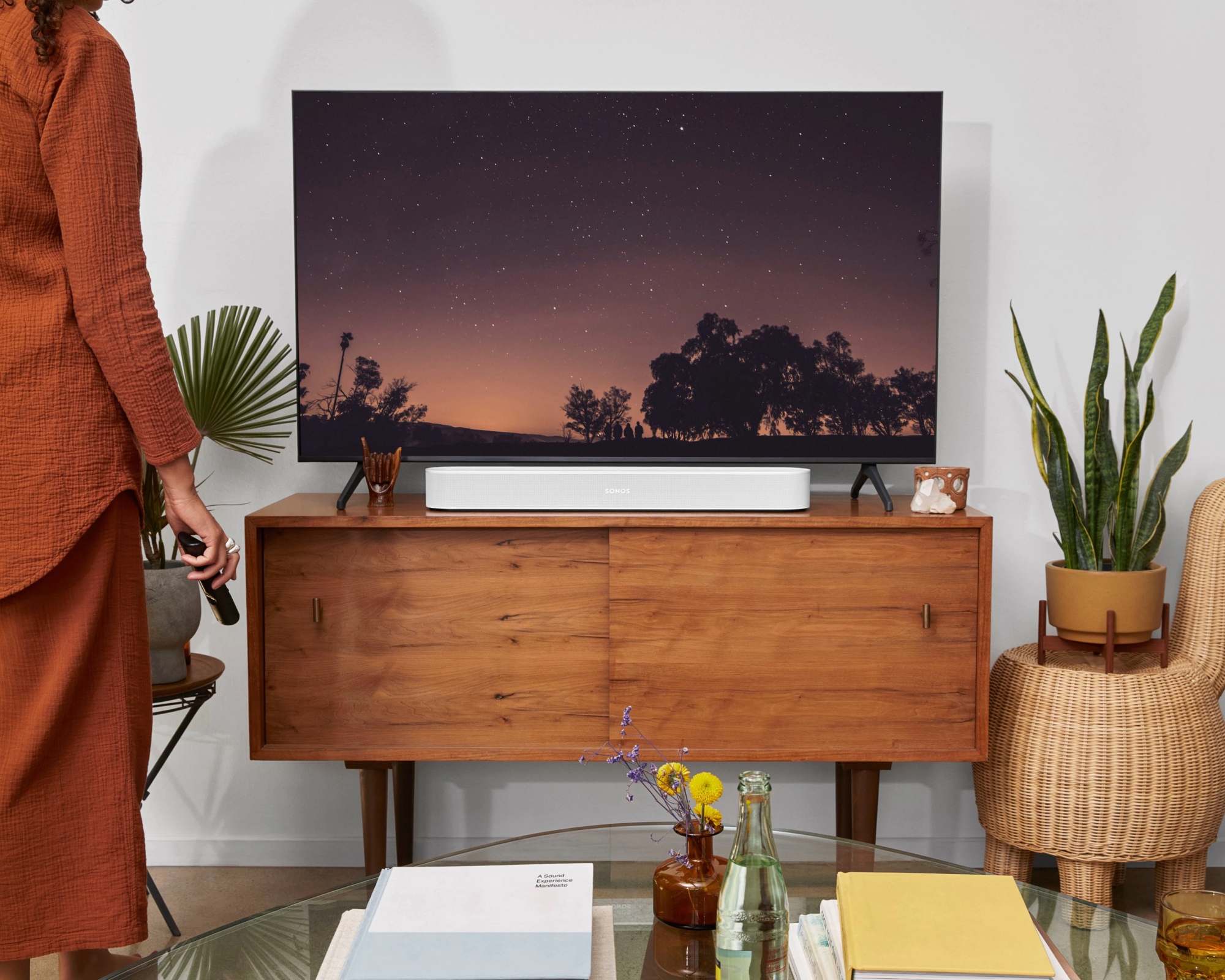
Sonos Beam vs Arc vs Ray: audio
Sonos products have a good reputation for their audio output, and its soundbars match this. Both the Sonos Arc and Beam (2nd Gen) sport Dolby Atmos tech on board to simulate surround sound, and all three speakers offer speech enhancement and night mode (reduced loud noises so as not to disturb sleeping family members).
However, the in-built audio equipment is the most significant difference between the soundbars, and this may be the determining factor when choosing which one will be best for your home.
Sonos Arc: 3 x tweeters, 8 x mid-woofers
Sonos Beam (2nd Gen): 1 x tweeter, 4 x woofers, 3 x passive radiators
Sonos Ray: 2 x tweeters, 2 x mid-woofers
The most significant difference between how the Sonos Arc and the Sonos Beam sound is the lack of upfiring drivers in the Beam. This means that the surround sound effect helped by Dolby Atmos is slightly more limited. The Ray has fewer drivers overall and no Atmos on board.
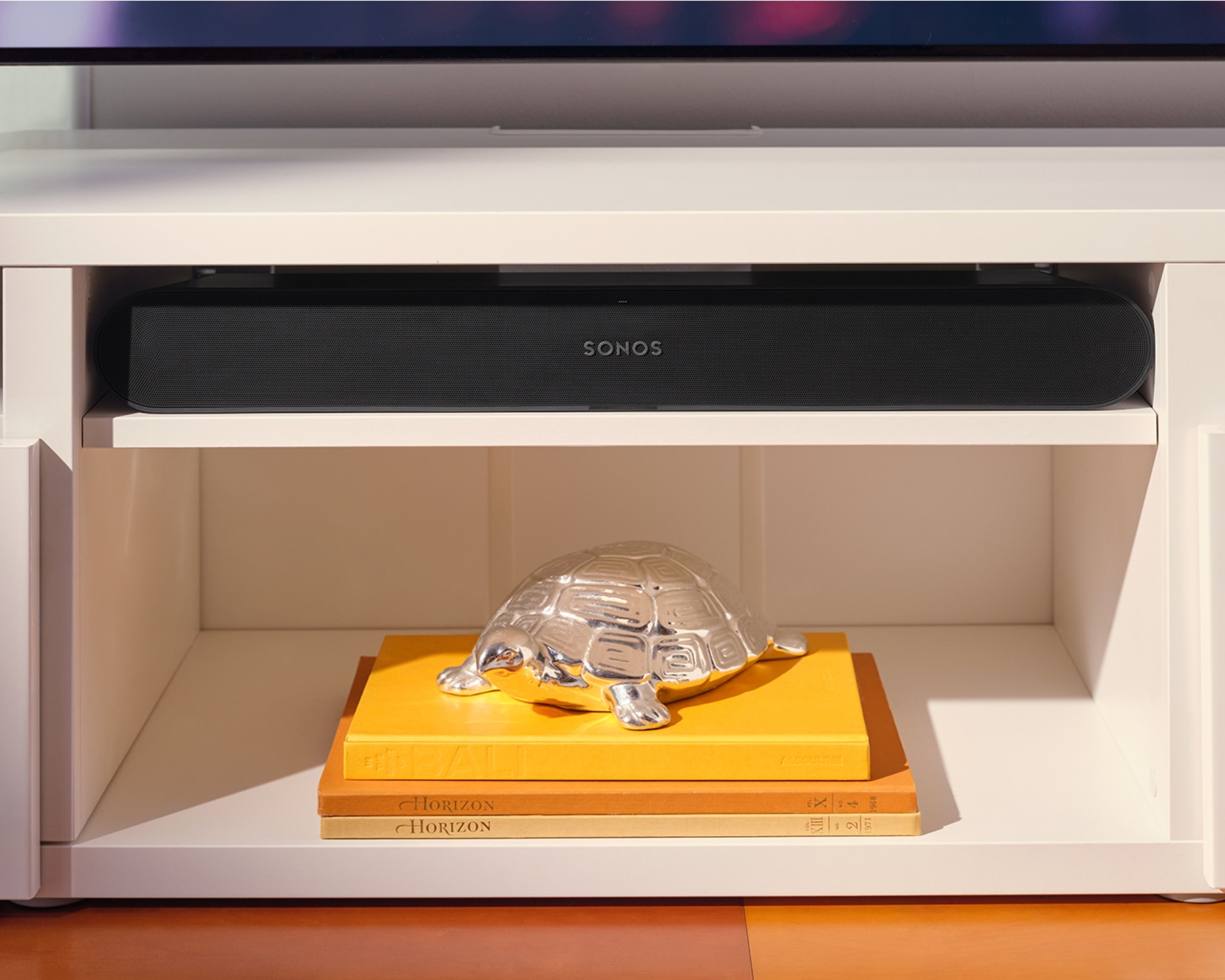
Sonos Beam vs Arc vs Ray: our verdict
With Sonos now offering a good option at three different price points, it's unsurprising that each has its pros and cons.
The Sonos Ray is great for those on a tighter budget, for example, as it costs more than $600 less than the Sonos Arc. However, it doesn't support voice control or smart home compatibility, and audio is limited by the lack of Dolby Atmos.
Meanwhile, the Sonos Arc is quite expensive but has a more attractive design (in our opinion). The Atmos and upfiring drivers combine to give you the best audio quality of the three, with the benefit of Alexa and Google Assistant included.
However, our winner (by a hair) is the Sonos Beam (Gen 2). The soundbar doesn't look as slick or sound as bombastic as its older brother, but it offers the best of both worlds at a reasonable price. Costing half as much as the Arc, the newly refreshed Beam still has most of what makes Sonos soundbars a top choice.
Caroline was formerly smart home ecommerce editor for Livingetc, covering everything tech for the home, from smart speakers to air purifiers and everything in between. She is passionate about technology and smart devices and their role in daily life, enhancing the home without sacrificing personal style and carefully chosen interiors. In her spare time, she can be found tinkering with bulbs, soundbars, and video doorbells in an effort to automate every part of her small home. Previously, she lent her expertise to the likes of Expert Reviews, IT Pro, Coach, The Week, and more.
-
 My 10 Favorite Designs at Milan Design Week 2025 — Out of the Hundreds of Pieces I Saw
My 10 Favorite Designs at Milan Design Week 2025 — Out of the Hundreds of Pieces I SawThere is a new elegance, color, and shape being shown in Milan this week, and these are the pieces that caught my eye
By Pip Rich
-
 Iridescence Is Chrome’s More Playful, Hard-to-Define Cousin — And You're About to See It Everywhere
Iridescence Is Chrome’s More Playful, Hard-to-Define Cousin — And You're About to See It EverywhereThis kinetic finish signals a broader shift toward surfaces that move, shimmer, and surprise. Here's where to find it now
By Julia Demer
-
 Reviewers Say These Hummingbird Camera Feeders Are the Best Ones Right Now — And They're All on Sale
Reviewers Say These Hummingbird Camera Feeders Are the Best Ones Right Now — And They're All on SaleI've spent ages reading all the reviews for smart hummingbird feeders so you don't have to... Here are the top-rated options
By Hugh Metcalf
-
 This Interior Stylist Has Picked the Most Aesthetic Home Tech Products of the Moment — 'No More Tech Eyesores!'
This Interior Stylist Has Picked the Most Aesthetic Home Tech Products of the Moment — 'No More Tech Eyesores!'If you think making your home smarter means filling it with ugly gadgets, think again. There's a growing number of pleasingly aesthetic choices out there, says this stylist
By Luke Arthur Wells
-
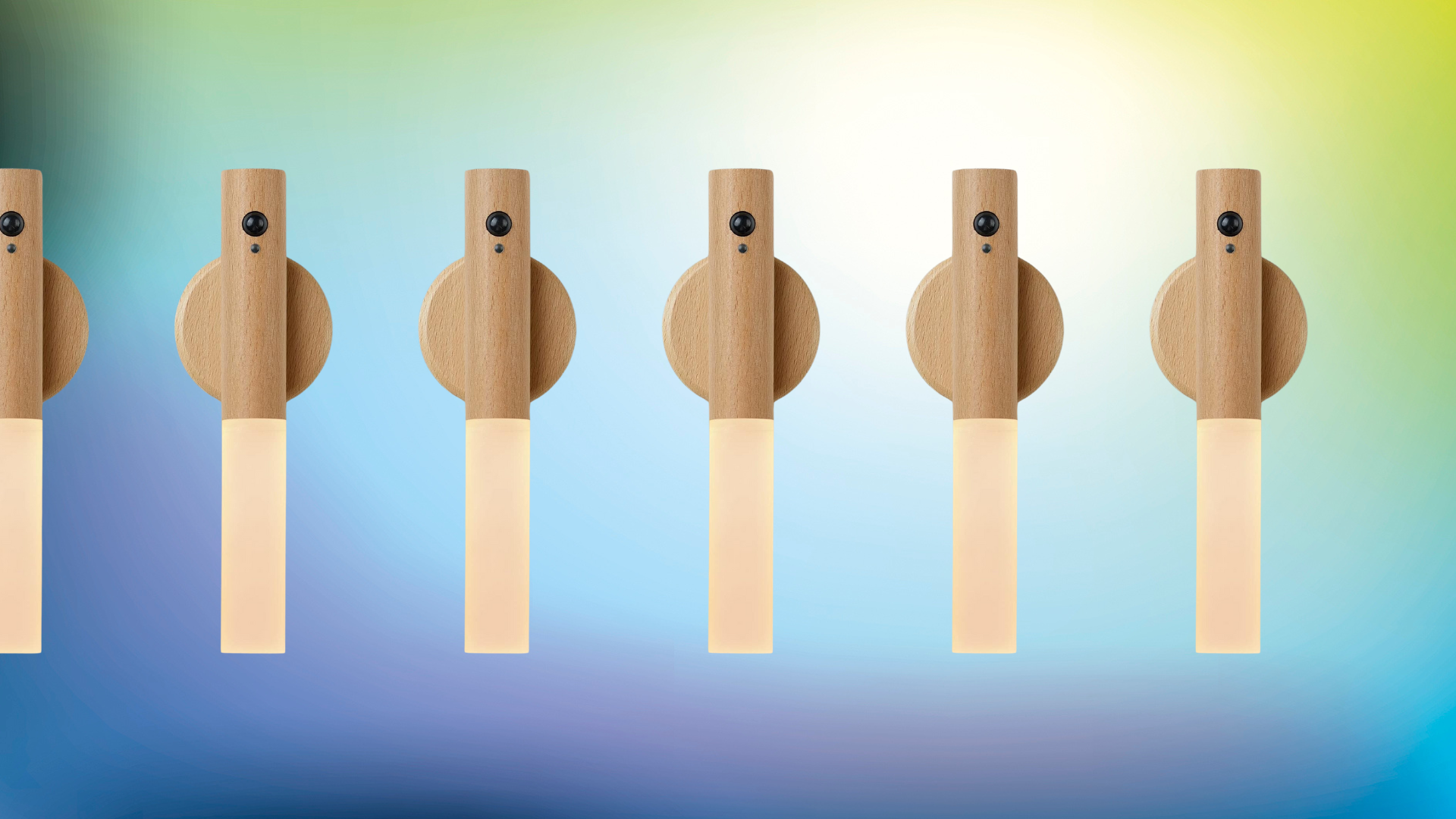 These Viral $40 Lights Make Your Home Easier to Live In — And They're Pretty Chic, Too
These Viral $40 Lights Make Your Home Easier to Live In — And They're Pretty Chic, TooThese Scandi-inspired wall sconces are the lighting solution you didn't know you needed. I'm so taken by them!
By Brigid Kennedy
-
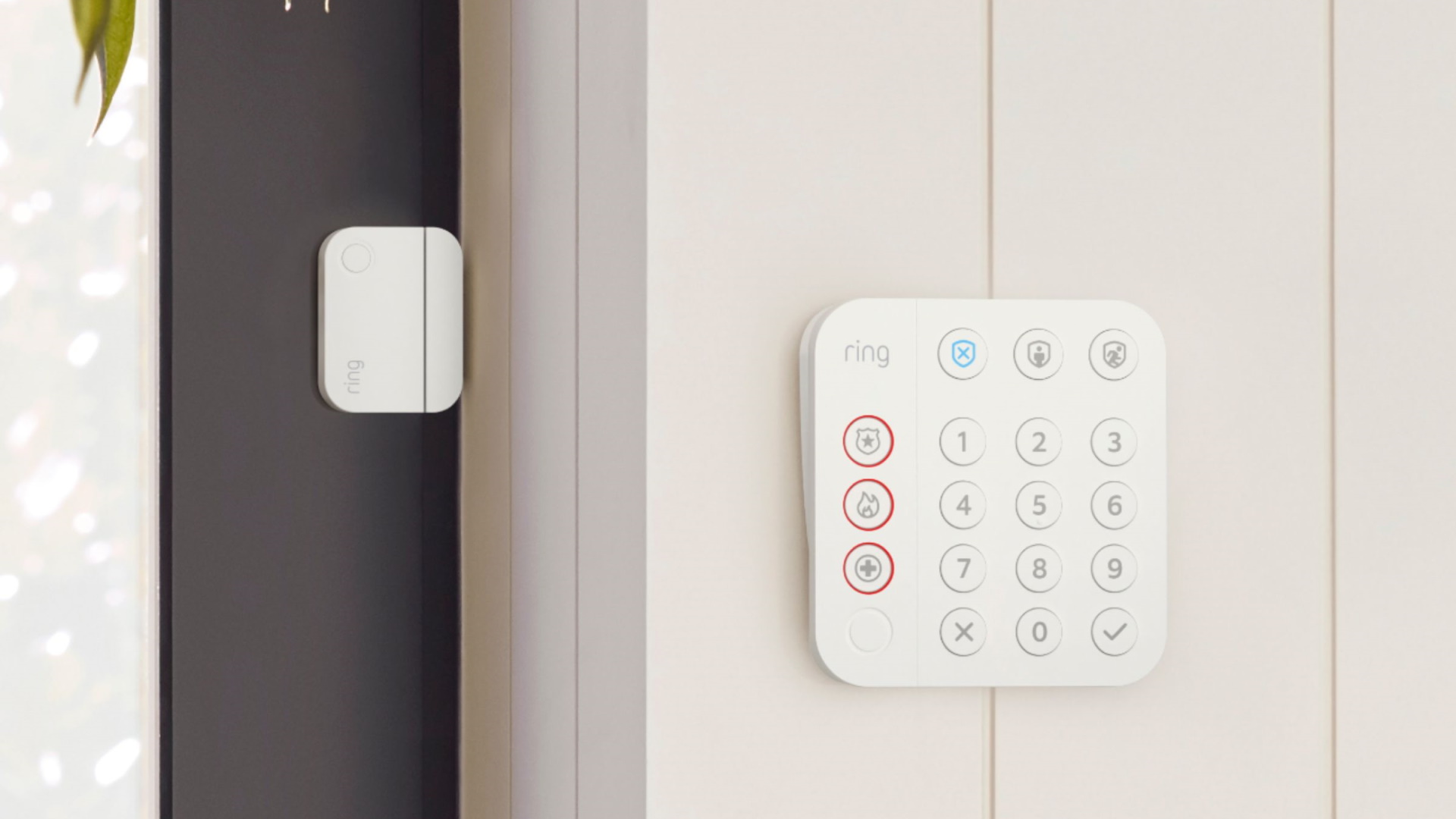 Ring Alarm System (2nd Gen) review: the brand's made-over kit is still a winner
Ring Alarm System (2nd Gen) review: the brand's made-over kit is still a winnerWe tested the Ring Alarm System 5-Piece Kit to see if it could make home security simpler for the average user, and how it may have improved on the first gen system.
By Caroline Preece
-
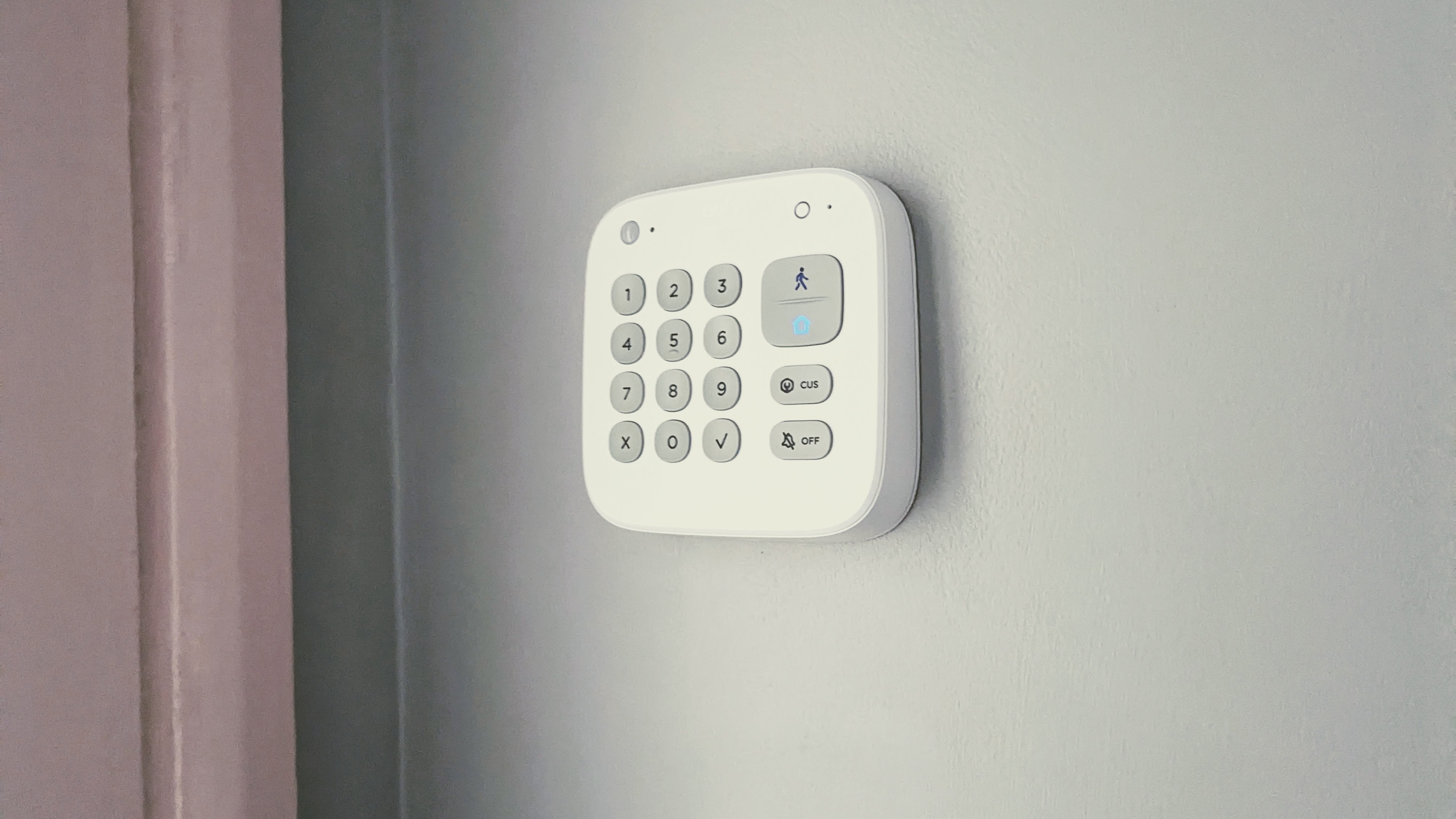 eufy Home Alarm Kit review: a simple but effective way to keep your home safe
eufy Home Alarm Kit review: a simple but effective way to keep your home safeThe eufy Home Alarm Kit has all of the basics on paper, but we wanted to test it out on our own home to see how easy it is to set up and use.
By Caroline Preece
-
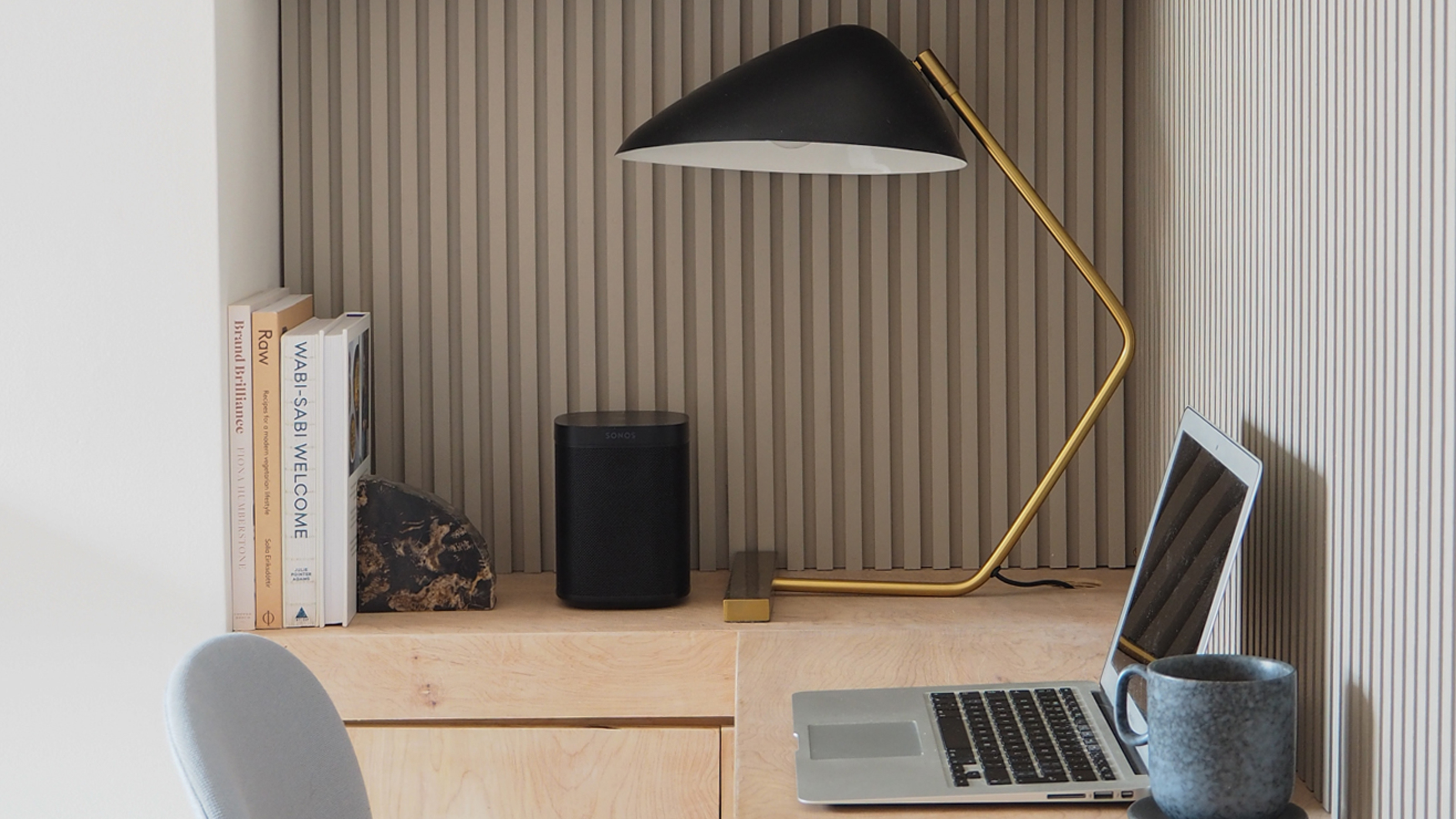 HomePod mini vs Sonos One: two high-end smart home hubs, but which is the better speaker?
HomePod mini vs Sonos One: two high-end smart home hubs, but which is the better speaker?We take a look at the HomePod mini and Sonos One, both of which sit at the higher end of the smart speaker market.
By Caroline Preece
-
 AirTags vs Tile: which Bluetooth tracker is best to help a case of constantly misplaced keys?
AirTags vs Tile: which Bluetooth tracker is best to help a case of constantly misplaced keys?If you're tired of losing your items, either around the house or outside, then Bluetooth trackers are a lifesaver - but which is best?
By Caroline Preece
-
 Sony WF-C500 vs Airpods: are the budget earbuds a worthy competitor to Apple?
Sony WF-C500 vs Airpods: are the budget earbuds a worthy competitor to Apple?Sony's affordable earbuds get the thumbs up from us, but how do their compare with Apple's AirPods?
By Caroline Preece